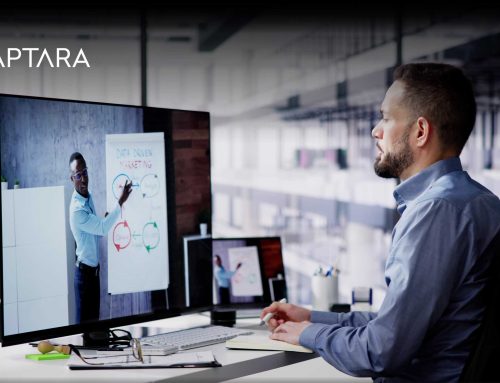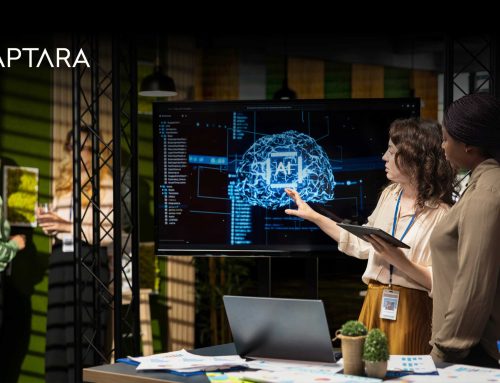Relying on outdated training methods today is like using a flip phone in a smartphone world, technically functional, but far from effective.
Blended learning today is becoming the backbone of modern corporate training. As the workplace continues to evolve, so do the ways employees learn and grow. Organizations are moving away from rigid, traditional training formats and turning to more flexible, engaging approaches that bring better results.
At its core, blended learning combines the structure of face-to-face sessions with the flexibility of digital tools—like VILT, microlearning, and interactive elearning. It’s not about replacing the classroom; it’s about enhancing it. Giving learners options. Supporting different learning styles. And, more importantly, keeping pace with how fast roles, skills, and expectations are shifting.
Why Sticking to One Training Method is Costing More Than You Think
Here’s the truth many companies are waking up to relying on a single method to train a modern workforce just doesn’t cut it anymore.
Think about the classic off-site workshop. Once considered the gold standard, it often feels more like a corporate field trip, logistics-heavy, expensive, and disruptive. Time away from work, travel, lodging, meals, it adds up. And for what? A few hours of knowledge that may or may not stick when employees return to their desks.
To trim costs, some bring the trainer in-house. It’s easier on the budget, sure, but productivity still takes a hit. Your team is present, but their minds are juggling deadlines, notifications, and unfinished tasks. The learning experience, no matter how well-intended, gets diluted.
Then there’s the low-effort fallback: pre-recorded training videos. Affordable, scalable, and easy to roll out. But they’re often passive and impersonal. Learners tune in, but are they truly tuned in?
Each method brings something to the table, but relying too much on just one is where the real limitation lies. Today’s workforce demands more. More flexibility. More relevance. More connection. And that’s exactly what blended learning delivers. It doesn’t force companies to choose between cost-efficiency and engagement, rather it brings both to the table.
Thoughtfully. Strategically. And in a way that respects your employees’ time, attention, and potential.
The Rise of Blended Learning in Corporate Training
The reality about corporate learning is that no two learners absorb information the same way. Some prefer structure, others need flexibility. Some thrive in collaborative sessions, while others do their best when they can pause, rewind, and absorb at their own pace.
Blended learning offers a mix of digital self-paced modules and interactive, human-led sessions, either in person or virtual, blended learning creates space for every kind of learner. It allows employees to learn in ways that make sense to them, without sacrificing the consistency or quality of your training objectives.
It’s not just a more engaging approach, it’s a more effective one. Here’s why:
- Pacing with purpose: Employees can revisit digital content when they need to, reinforcing learning without feeling rushed or left behind.
- Support when it matters: Live sessions provide space for real-time questions, feedback, and coaching, elements that build confidence, not just knowledge.
- A balance of freedom and interaction: Learners build self-reliance while still connecting through collaborative exercises, discussions, or team simulations.
Conclusion
Blended learning has become a strategic approach to developing a smarter, more agile workforce. Bringing together the structure of live learning experience as well as the flexibility of digital platforms, organizations can offer experiences that are not only more engaging, but also more effective and scalable.
In addition, it keeps learners engaged and lets them learn in ways that actually helps them face real world challenges. Blended models give employees more autonomy, letting them choose how, when, and where they build the skills, they need to thrive. It also empowers L&D leaders with meaningful data, helping them find content, track progress, and prove training ROI.





